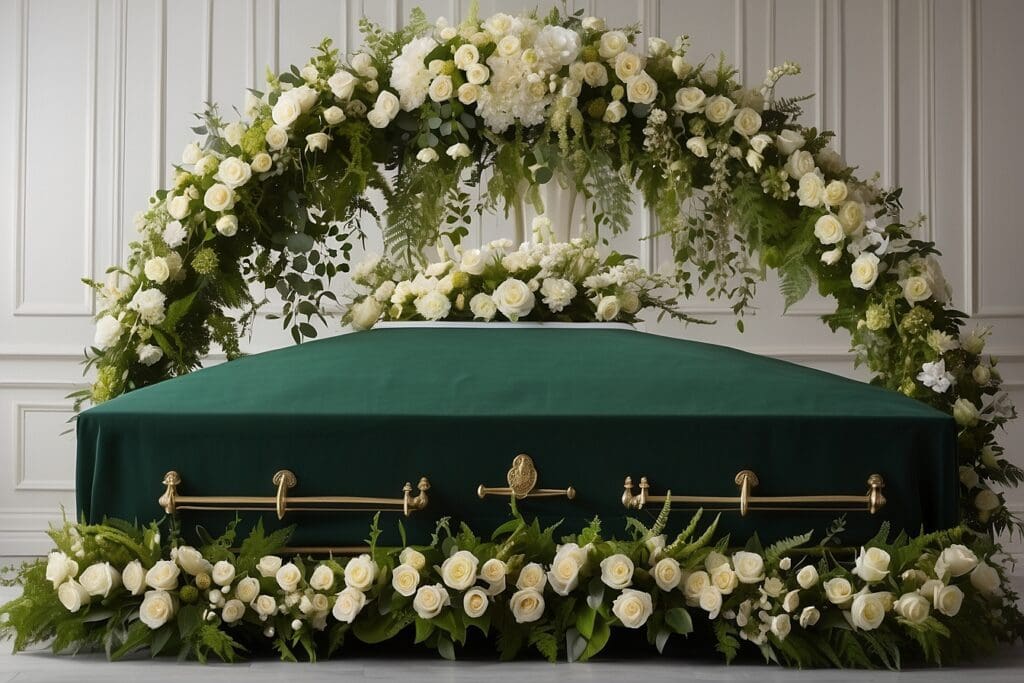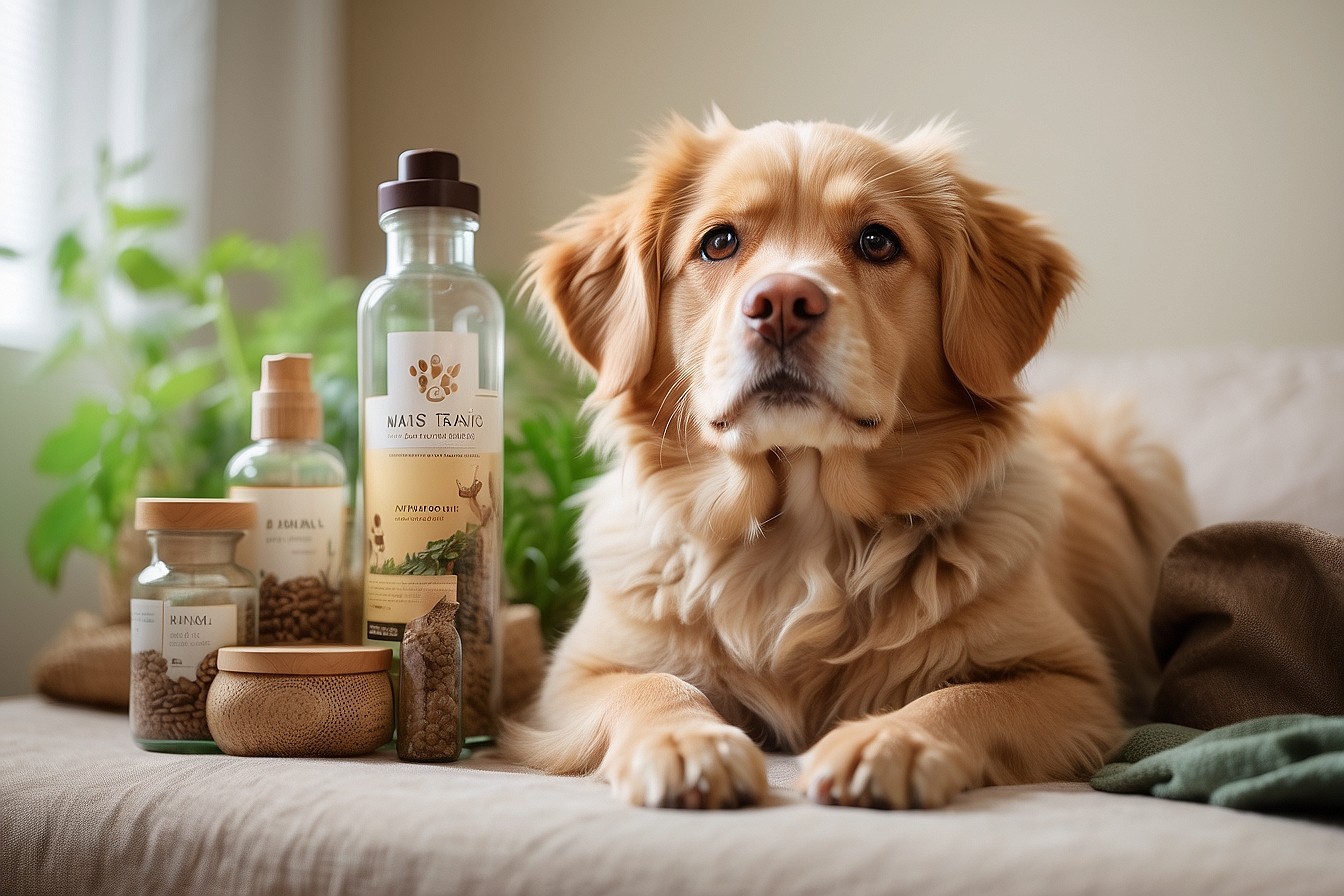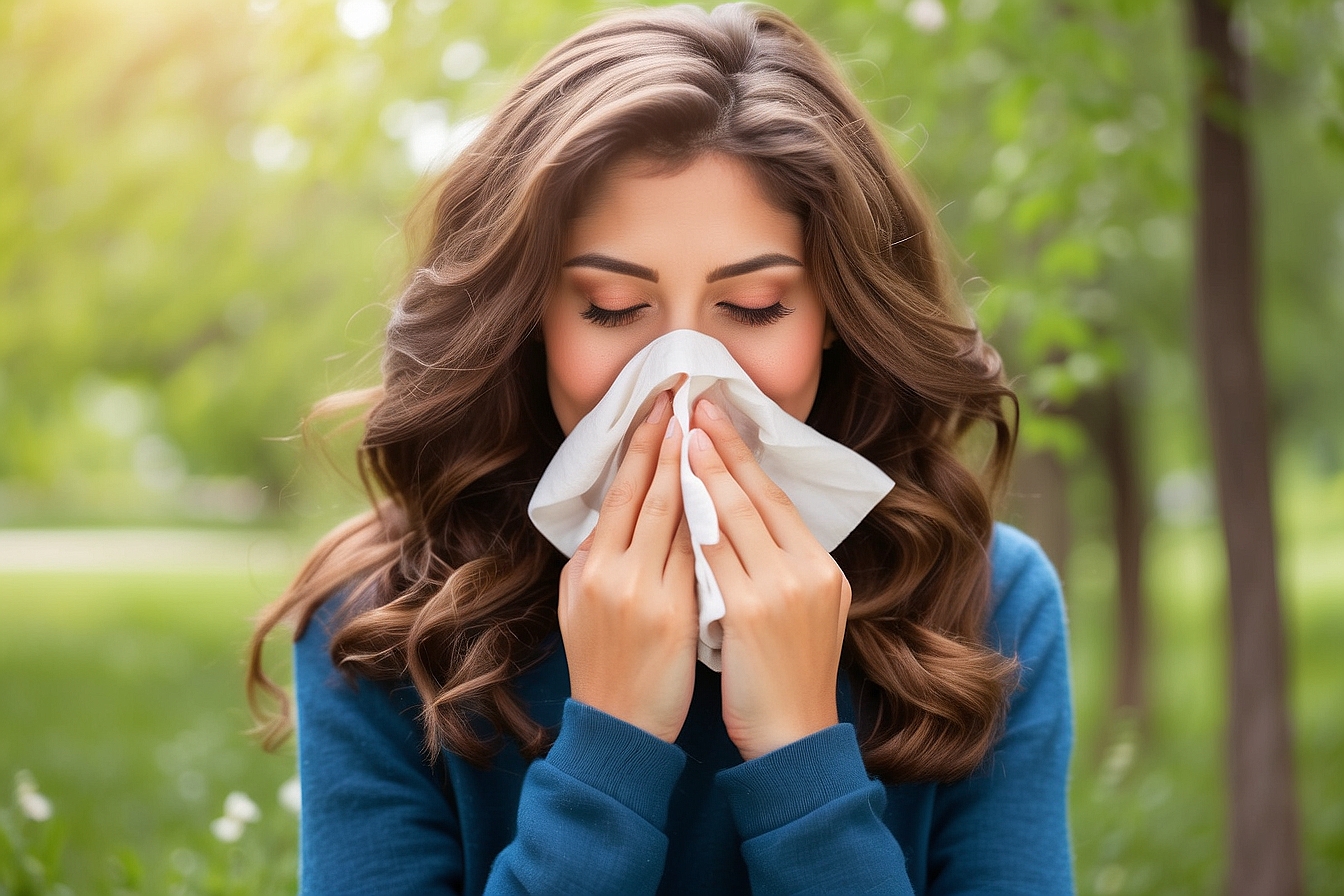We’d like to think that when we pass from this Earth, our environmental footprint goes away too. The unsettling truth is that even in the afterlife we can pollute ☹ In the United States, the most common type of funeral is a burial with embalming and open-casket visitation. However, this tradition didn’t begin until the Civil War, when bodies were preserved with embalming and sent back to families via the new railroad system.1 Sadly, many aspects of this type of burial aren’t environmentally friendly. Let’s look at why:
- Embalming slows the decomposition process, discouraging nutrients from returning to the cycle of nature. Moreover, embalming fluid is most commonly made of formaldehyde, which is carcinogenic and has been linked to a high incidence of myeloid leukemia in funeral industry workers, according to a study by the National Cancer Institute.2
- About 1.6 million tons of reinforced concrete are buried each year in the construction of vaults.3 For every ton of concrete produced, approximately a ton of carbon is emitted.4
- Many caskets are made of virgin woods and contribute to deforestation—about 30 million board feet of hardwood are used for U.S. caskets each year!5
- Most caskets are made with a wooden veneer pasted onto chipboard, which contains formaldehyde,6 a known carcinogen.
- Casket handles are often made of plastic, which never biodegrades.7
- In a casket, the corpse decomposes anaerobically (without oxygen) and produces methane, which is 23 times as powerful a greenhouse gas as carbon dioxide.8
Dirt: Dying Green in NY from Patricia E. Gillespie on Vimeo.Let’s now look at cremation, which is what about 30% of all North Americans are now choosing for their bodies when they pass from Earth.9 Cremation eliminates the casket, the concrete, and the embalming, but it also introduces a great deal of pollution into the environment:
- The amount of fossil fuels needed to cremate all the bodies of North America each year is equivalent to a car making 84 trips to the moon and back. During cremation, the body is heated to about 1400 to 2100 degrees Fahrenheit for about two hours.10
- In Europe, crematoria are considered the second largest source or airborne mercury, which is linked to birth defects, kidney disease, multiple sclerosis, and other illnesses. The mercury is released from bodies’ dental fillings.11
- Crematoria emit dioxins (a group of chemical compounds), producing as much as 11% of UK’s atmospheric dioxins, which are linked to cancer.12
Before you tweak your will to advise against both burial and cremations (and risk an aerial or sea burial or whatever else your poor relatives think up), know that green cremations and green burials do exist. Modern crematoria decrease pollution with scrubbers over the smokestacks,13 and some undertake cremations only when enough bodies are waiting14. Additionally, there are organizations that help offset the environmental footprint of a cremation and offer a meaningful resting place for the cremated remains of a loved one. For example, the company Eternal Reefs designs reefs “of cast concrete that can include the cremated remains of a loved one.”15 The reefs create new habitats for fish and other marine life!
Similarly, burials need not be so wasteful. In the United States, there are about 23 natural burial preserves16, which use natural markers (like trees) instead of headstones, avoid irrigation, pesticides, and herbicides, and don’t use concrete.17 The preserves conserve their land forever (no development is allowed as it is a burial ground) and bury only in caskets made of biodegradable materials—such as cardboard, bamboo, jute, and pine.
United States citizens have much more control over the funeral process than they might think. In most states (except Connecticut, Indiana, Louisiana, Nebraska, and New York) you can legally bypass the funeral home and handle the body by yourself.18 It’s legal to choose dry ice over embalming and home wakes over scheduled services that necessitate embalming.
Surprisingly, burials and cremations aren’t your only options. Recently, environmental blogs have been abuzz with the promise of promession, a method in which corpses are freeze-dried in liquid nitrogen and then broken down into a fine powder, which composts into a rich soil. Toxic parts like mercury fillings are separated out. The Swedish biologist who invented promession says that the method is environmentally friendly, yet skeptics wonder how much energy it requires.19
Some aspects of green funerals (like planting a tree or holding a wake) help friends and relatives grieve by involving them more in the burial process. Another benefit of a green funeral is that it costs less. In the United States, the mortuary industry makes $20 billion a year.20 The average funeral costs $7500 to $7700 and is the third-largest personal expense, after a house and a car.21 To compare, a burial at Greensprings, a natural burial preserve in New York, costs under $1500, not including the casket.22 Simple biodegradable cardboard coffins can cost as little as $50,23 and a pine casket can come in at under $400.24 Cremation (without a funeral service or viewing) generally costs less than $1000.25
Some of the easiest ways to green a funeral can be the most effective and the most memorable. Here are some things to consider:
- Hold the memorial service near where most of the attendees live. To include those who live faraway, turn the memorial into a tasteful webcast.
- Plant a tree in honor of the deceased.
- Ask guests to bring donations instead of flowers, then gift the funds to an organization that honors the values of your loved one.
- Consider all the details: Print programs on recycled paper. Carpool to services. Serve organic foods and local wines. Use native potted plants instead of cut flowers.
- Has all of this got you thinking about your future? To ensure that your loved ones know your wishes, write a will that stays true to your eco-legacy.
For more information on green burials in the United States, visit the Green Burial Council, a “nonprofit organization working to encourage environmentally sustainable deathcare and the use of burial as a new means of protecting natural areas.”26





